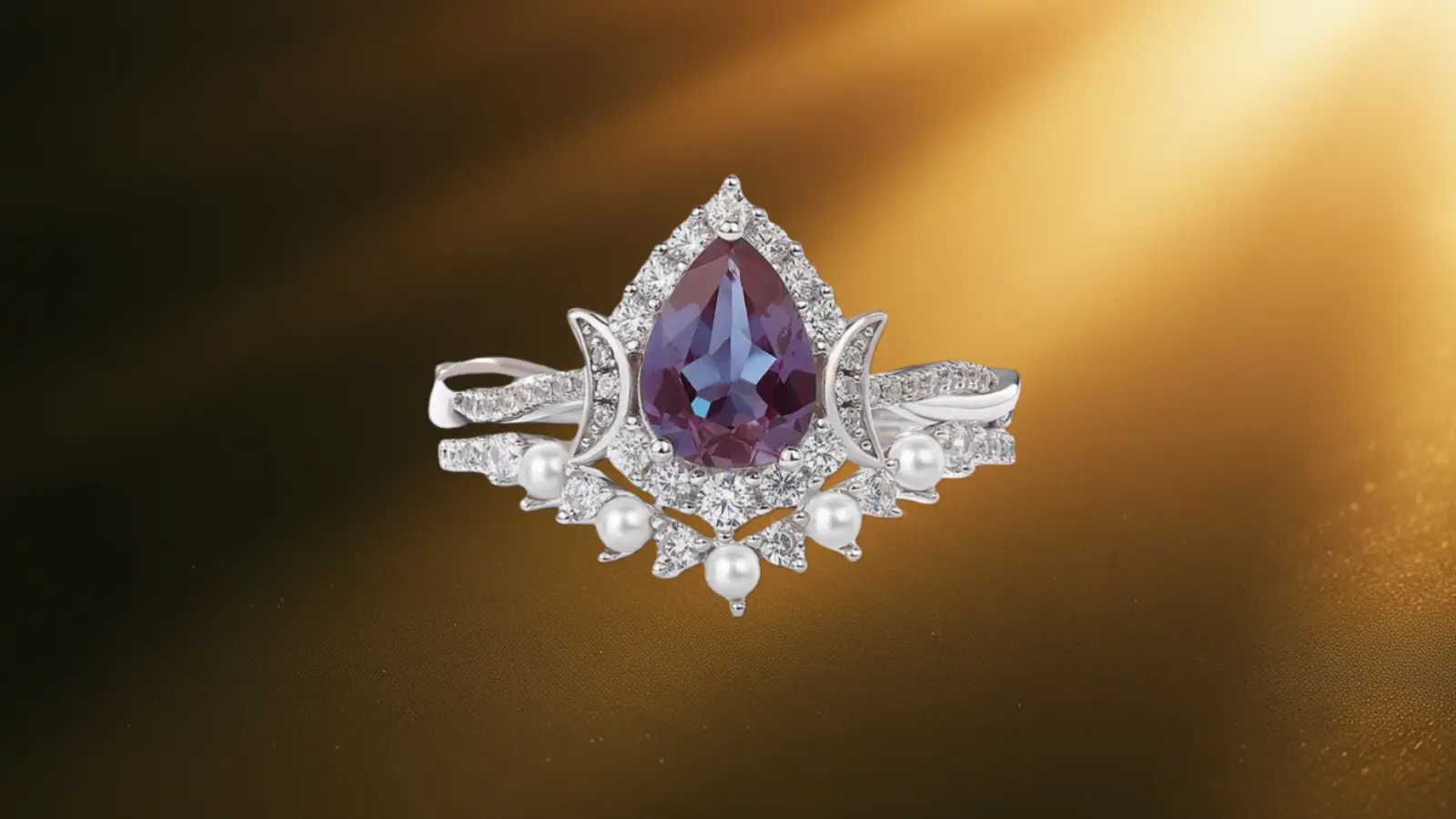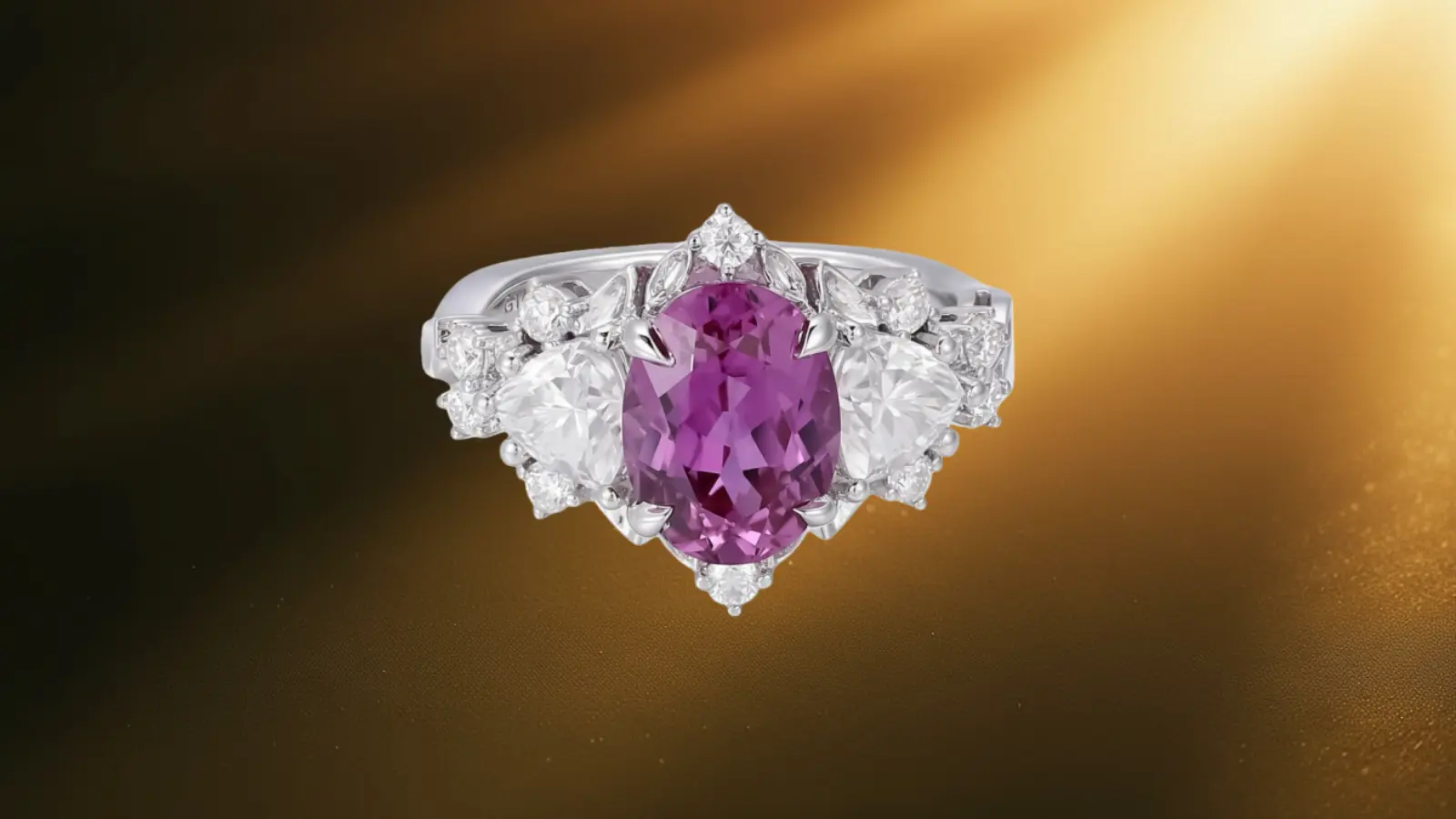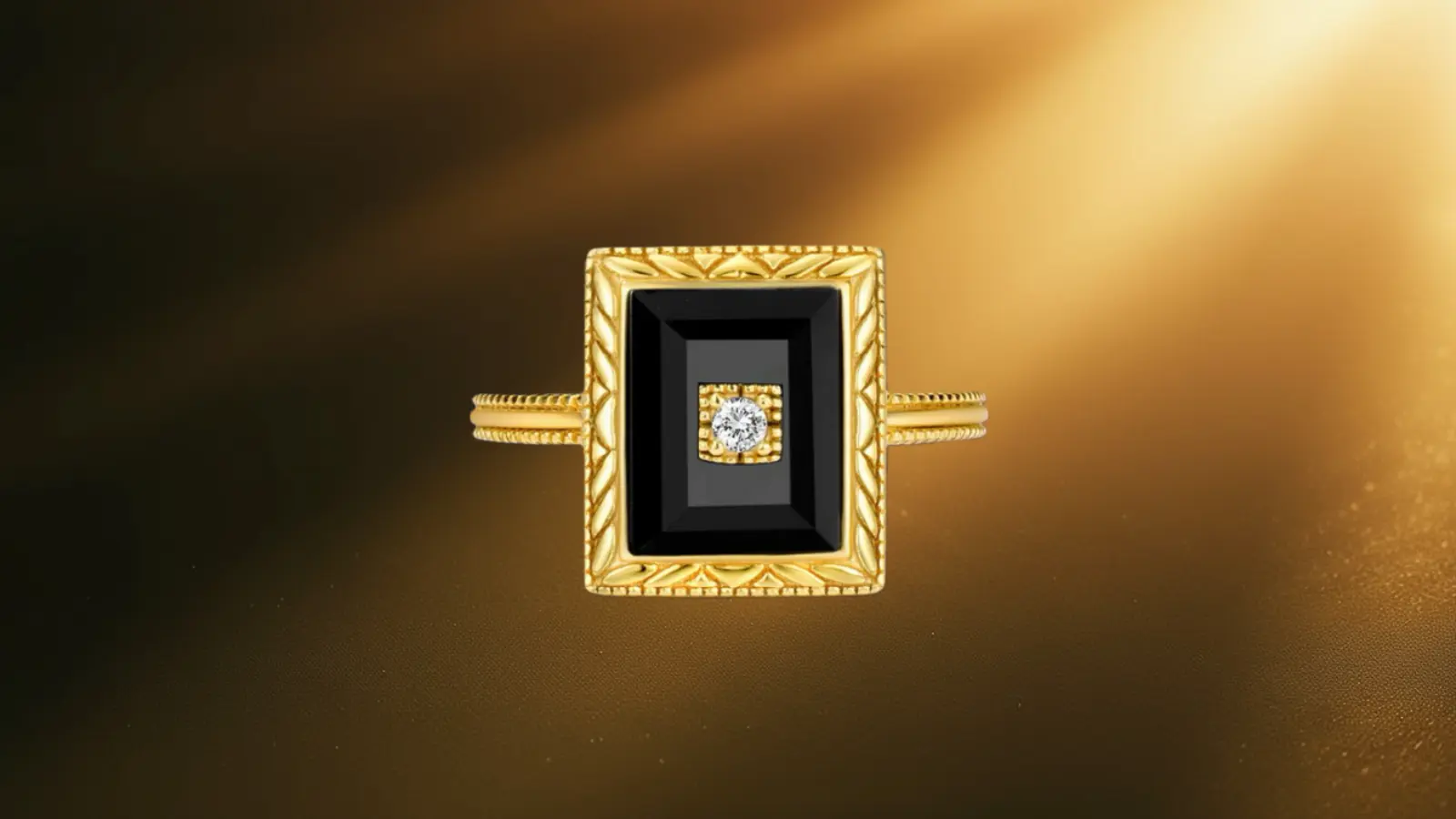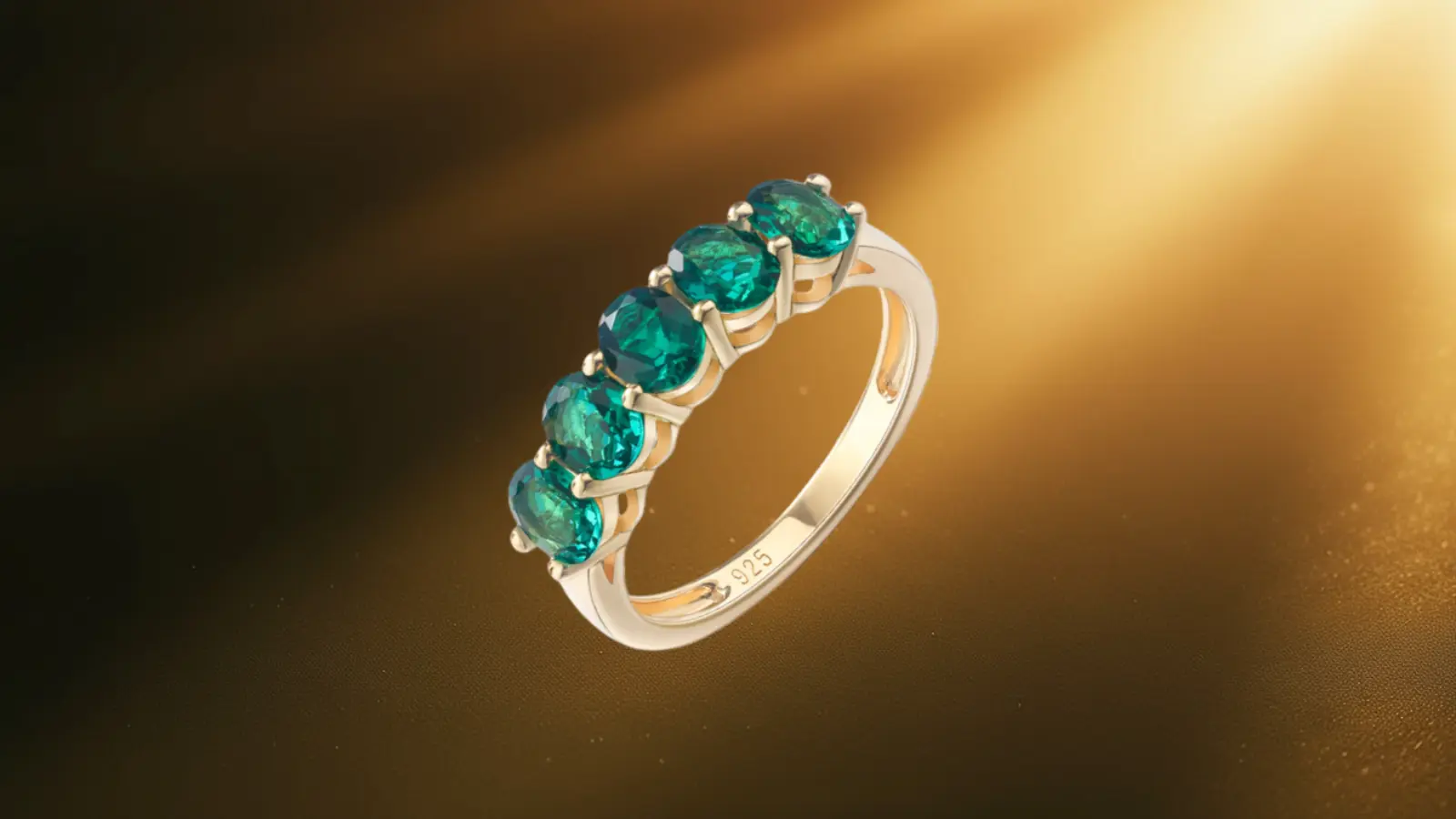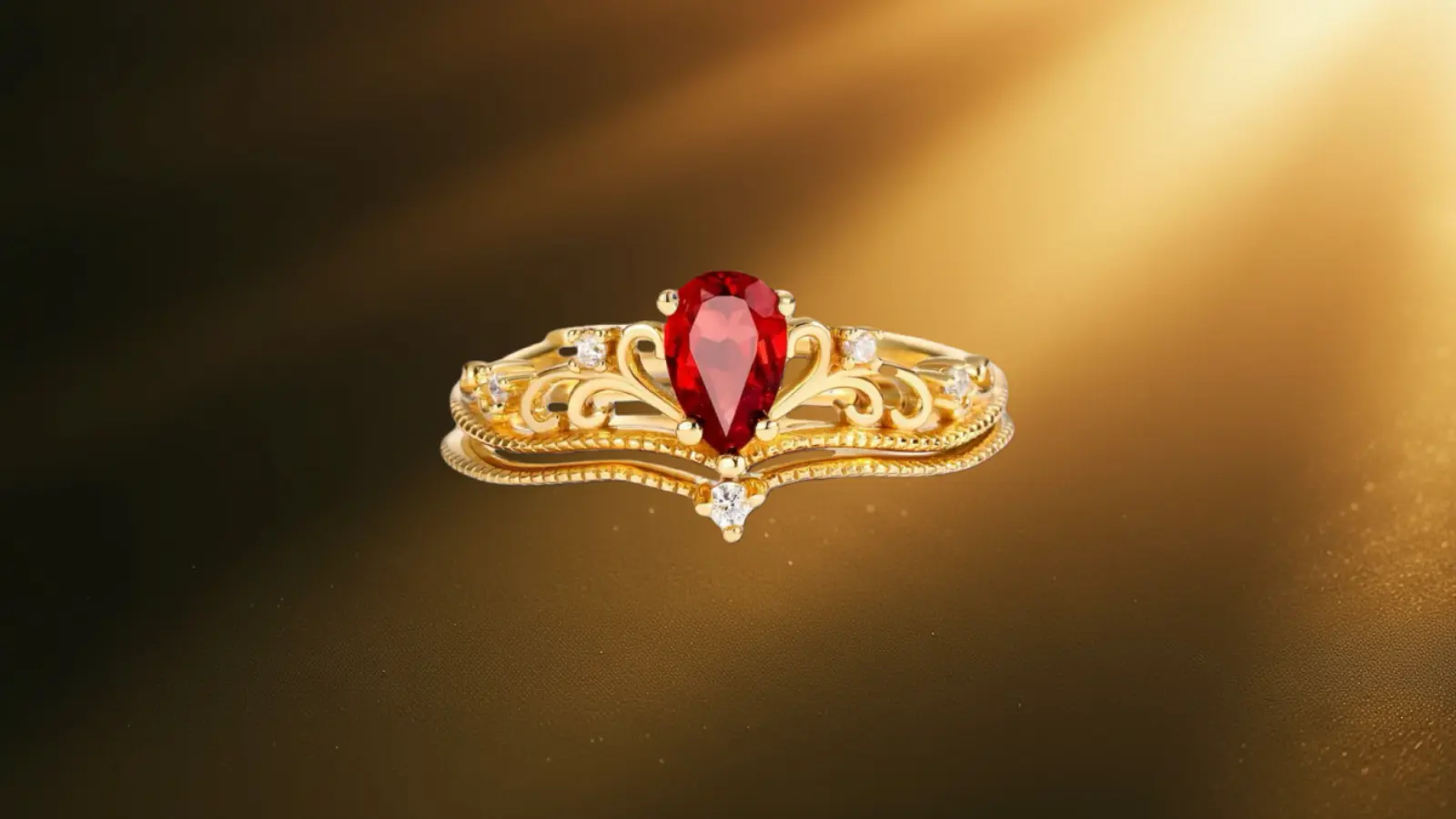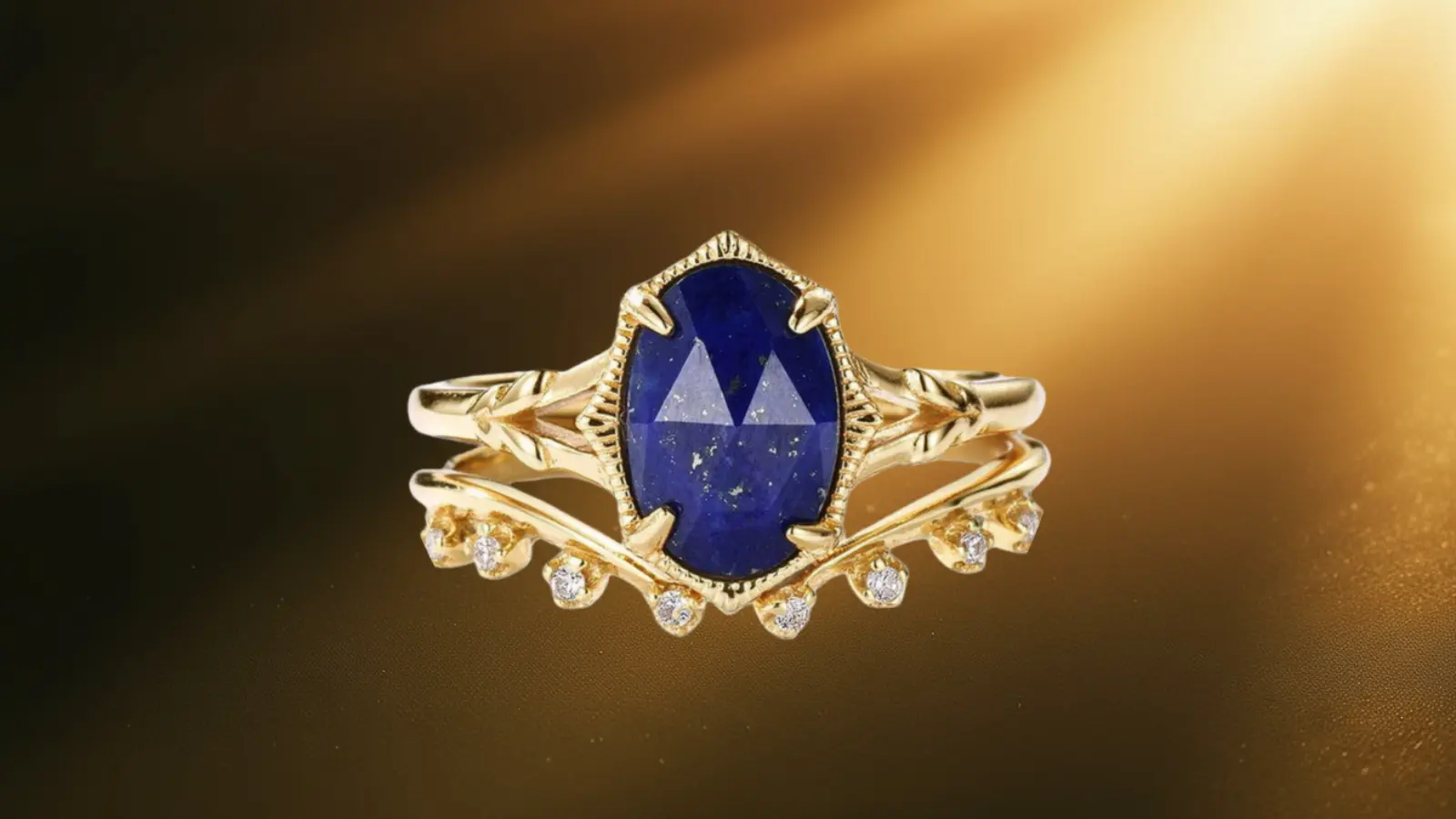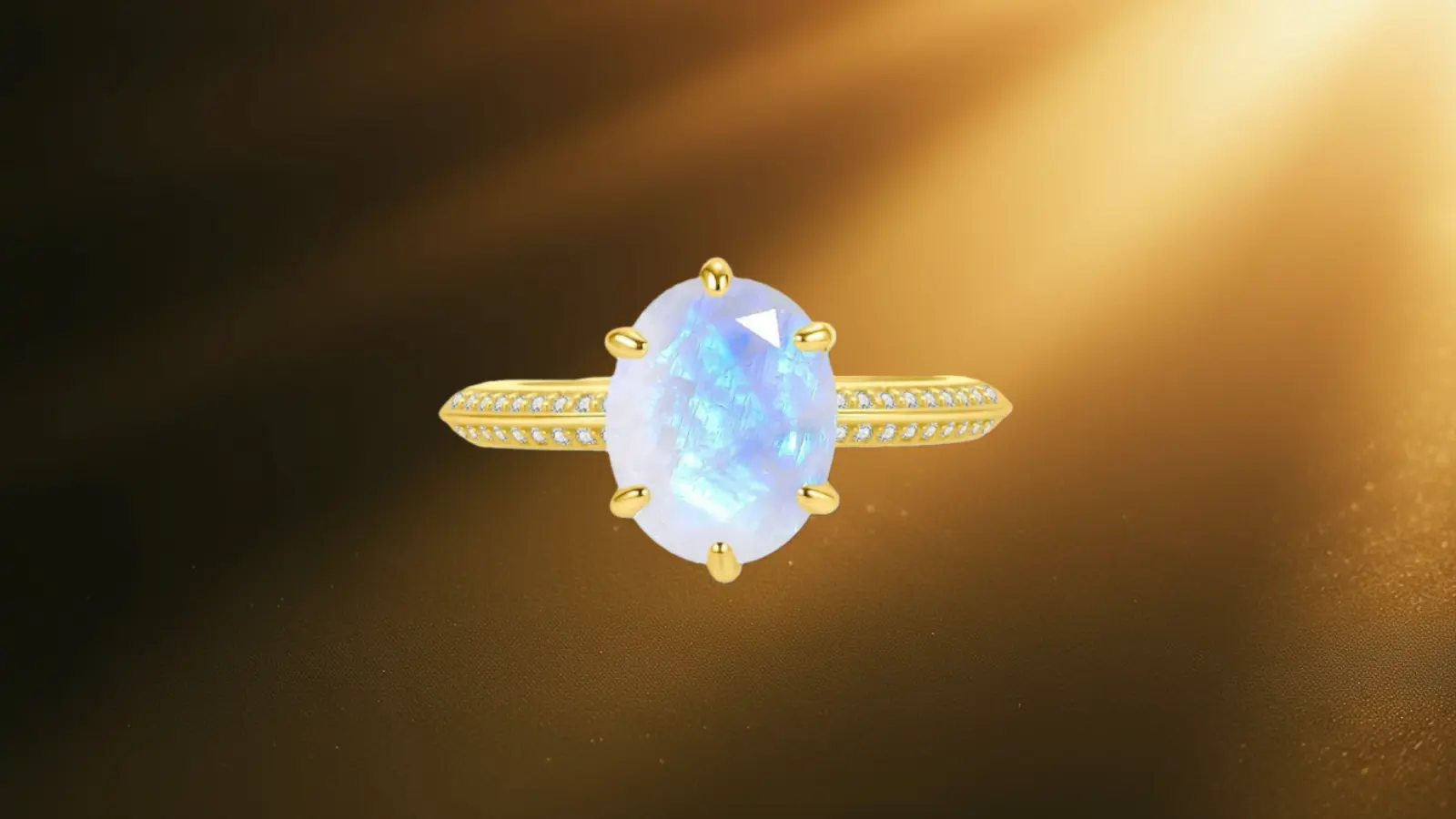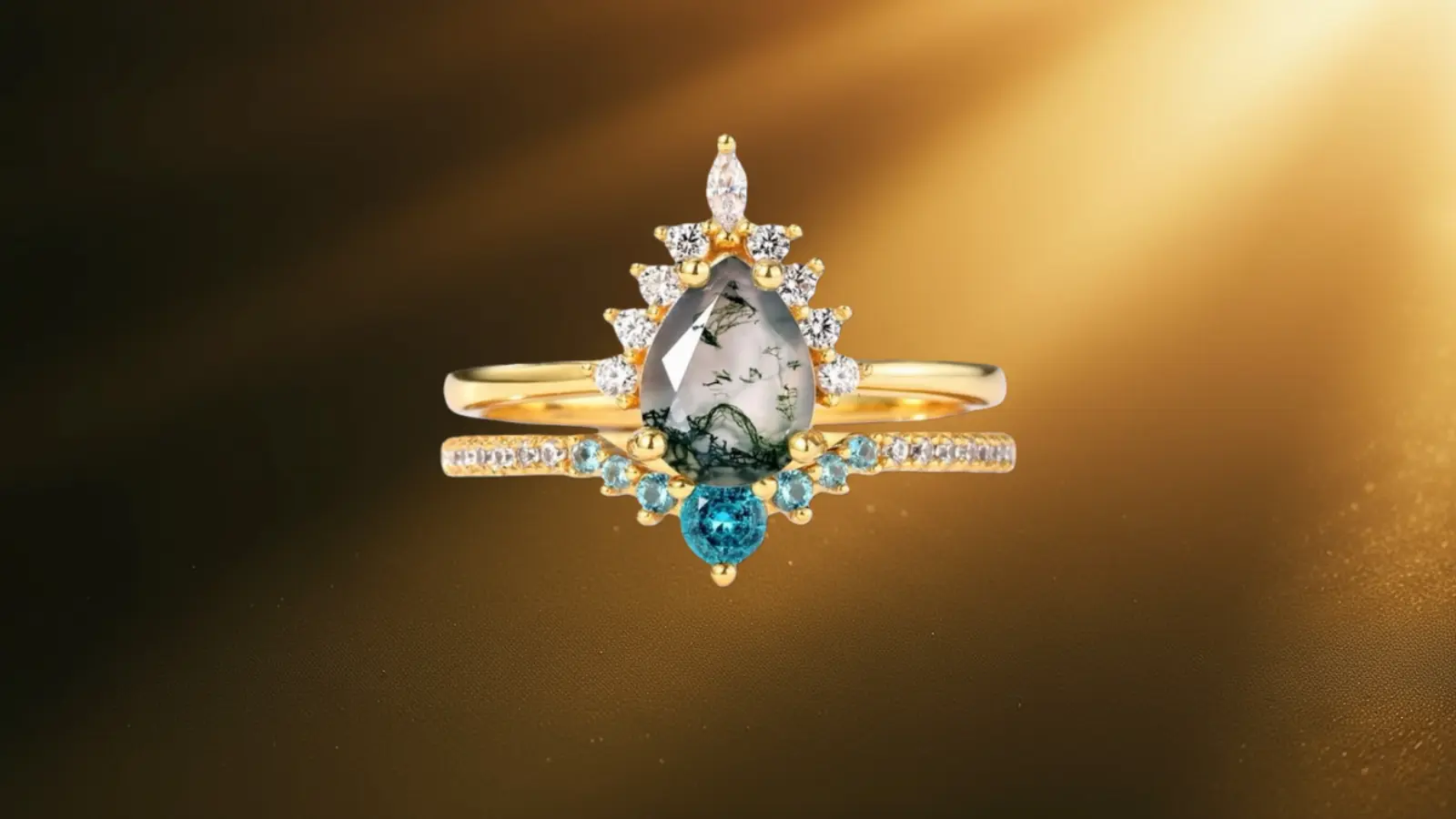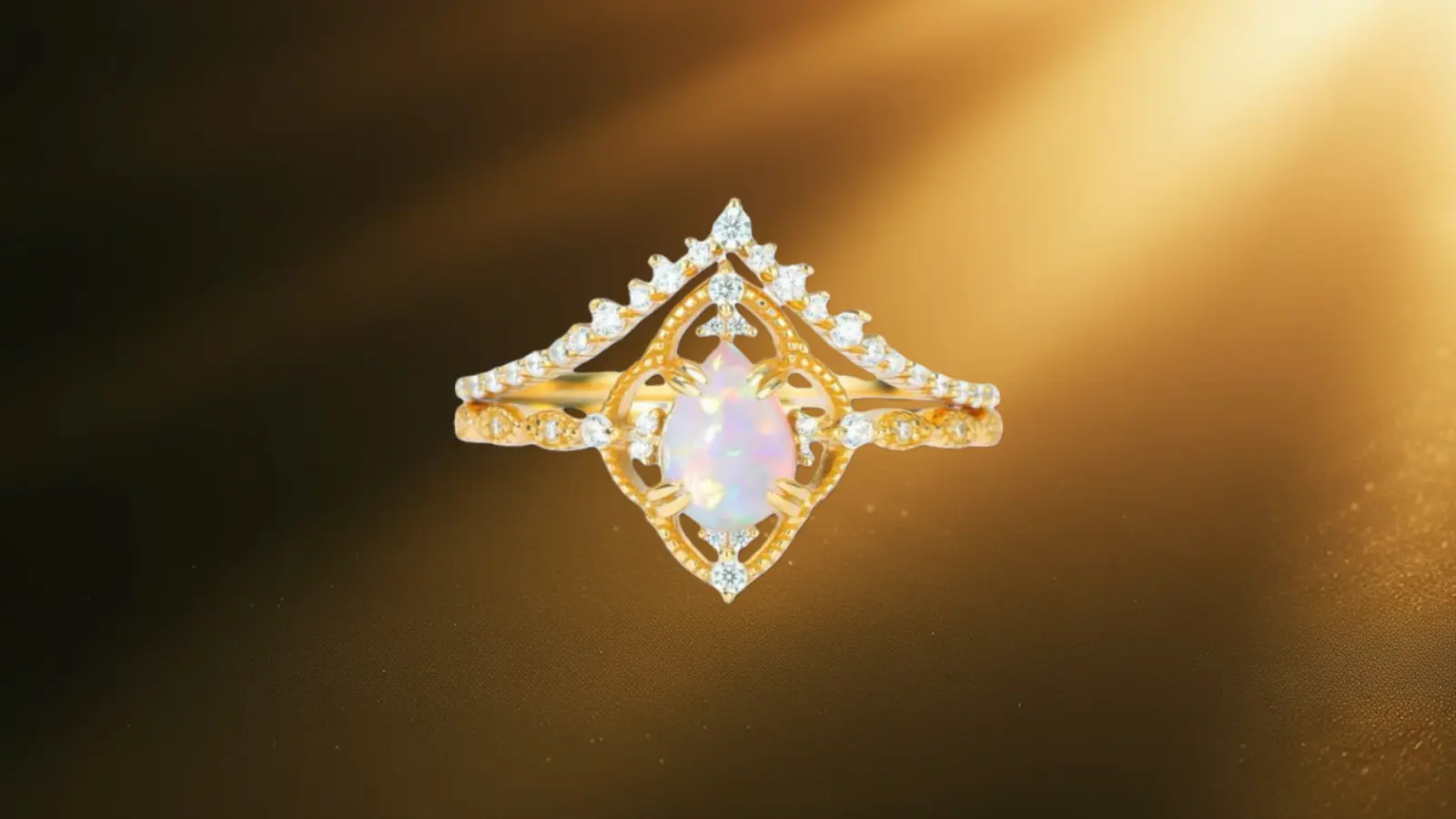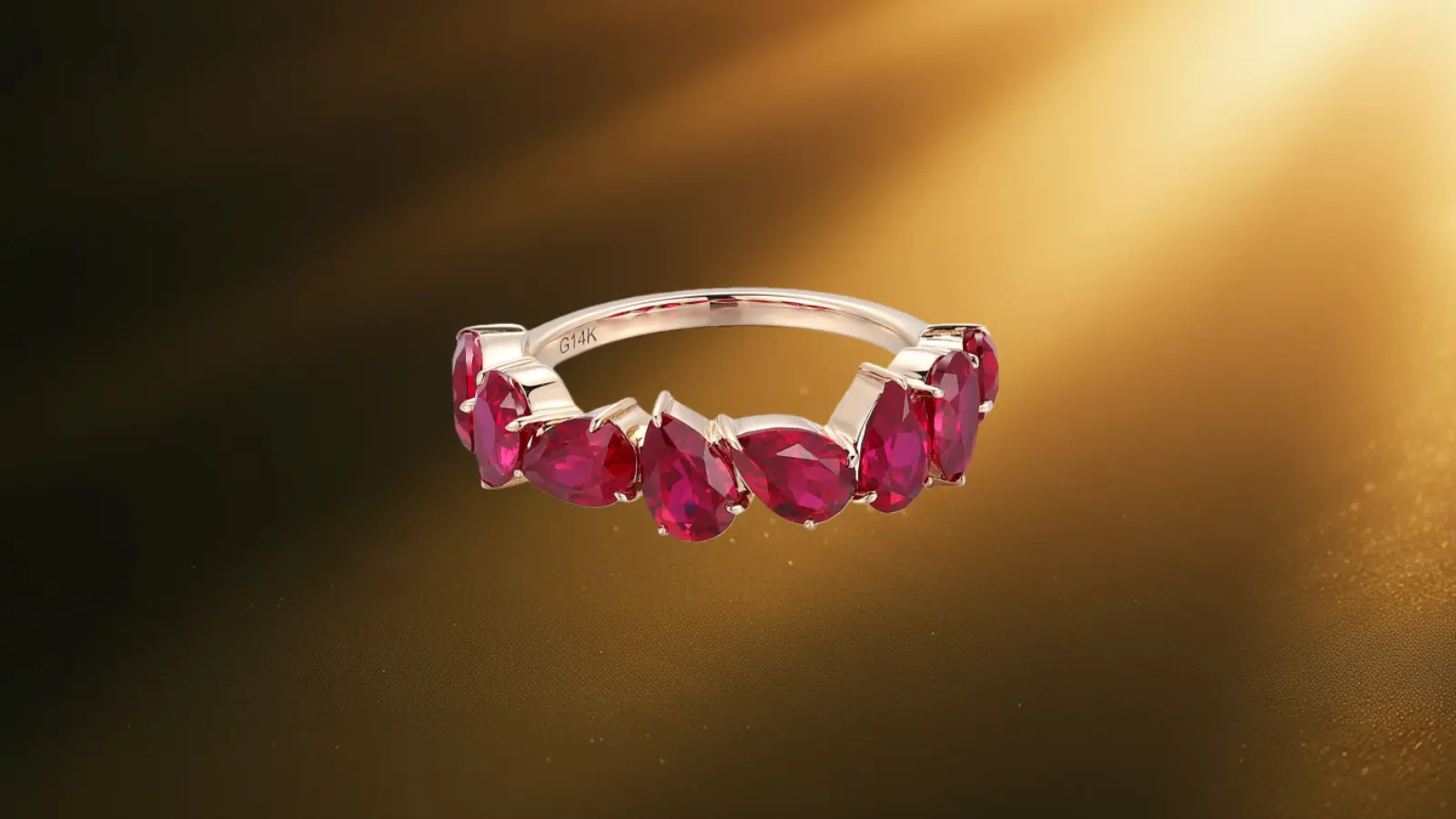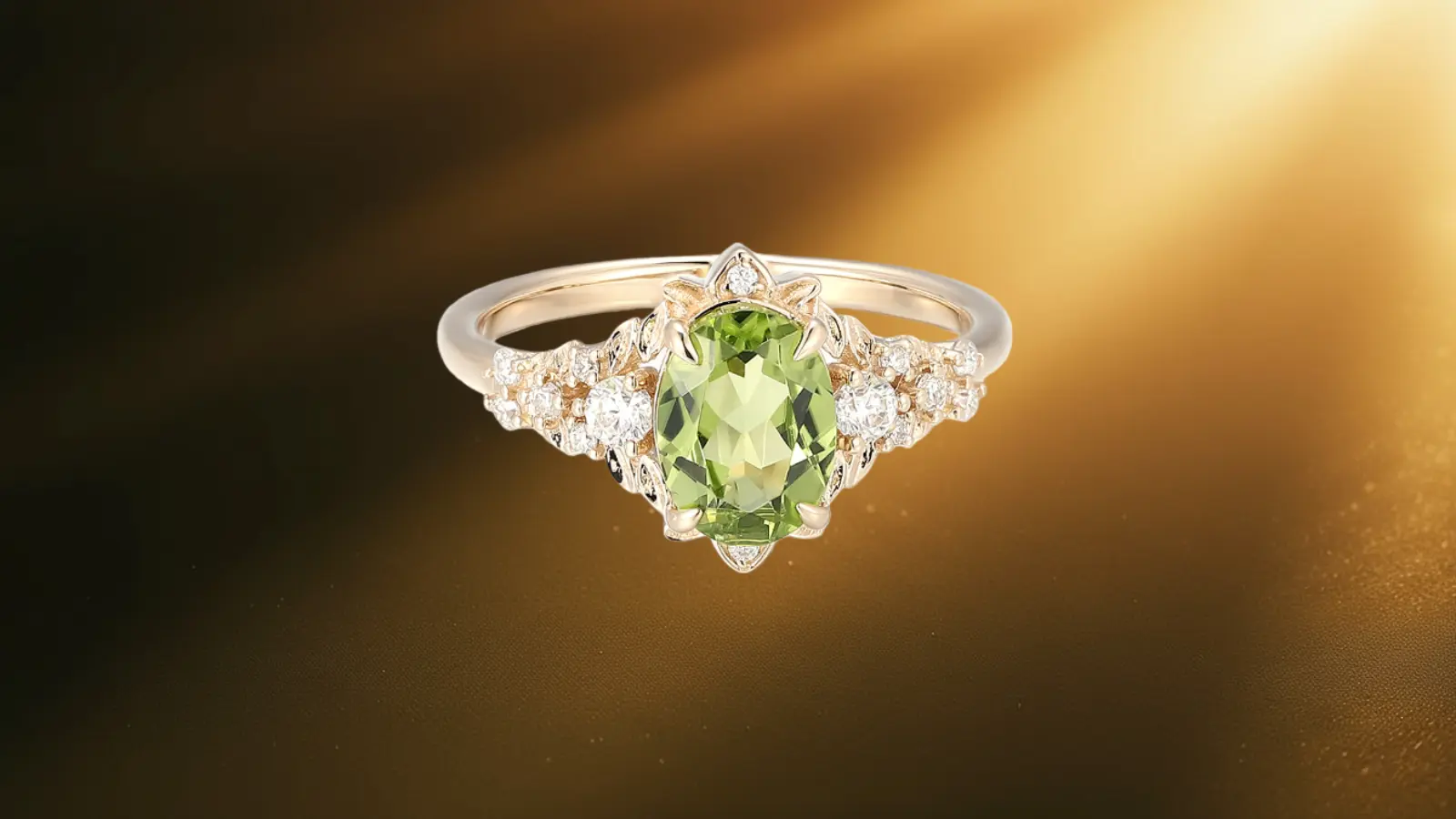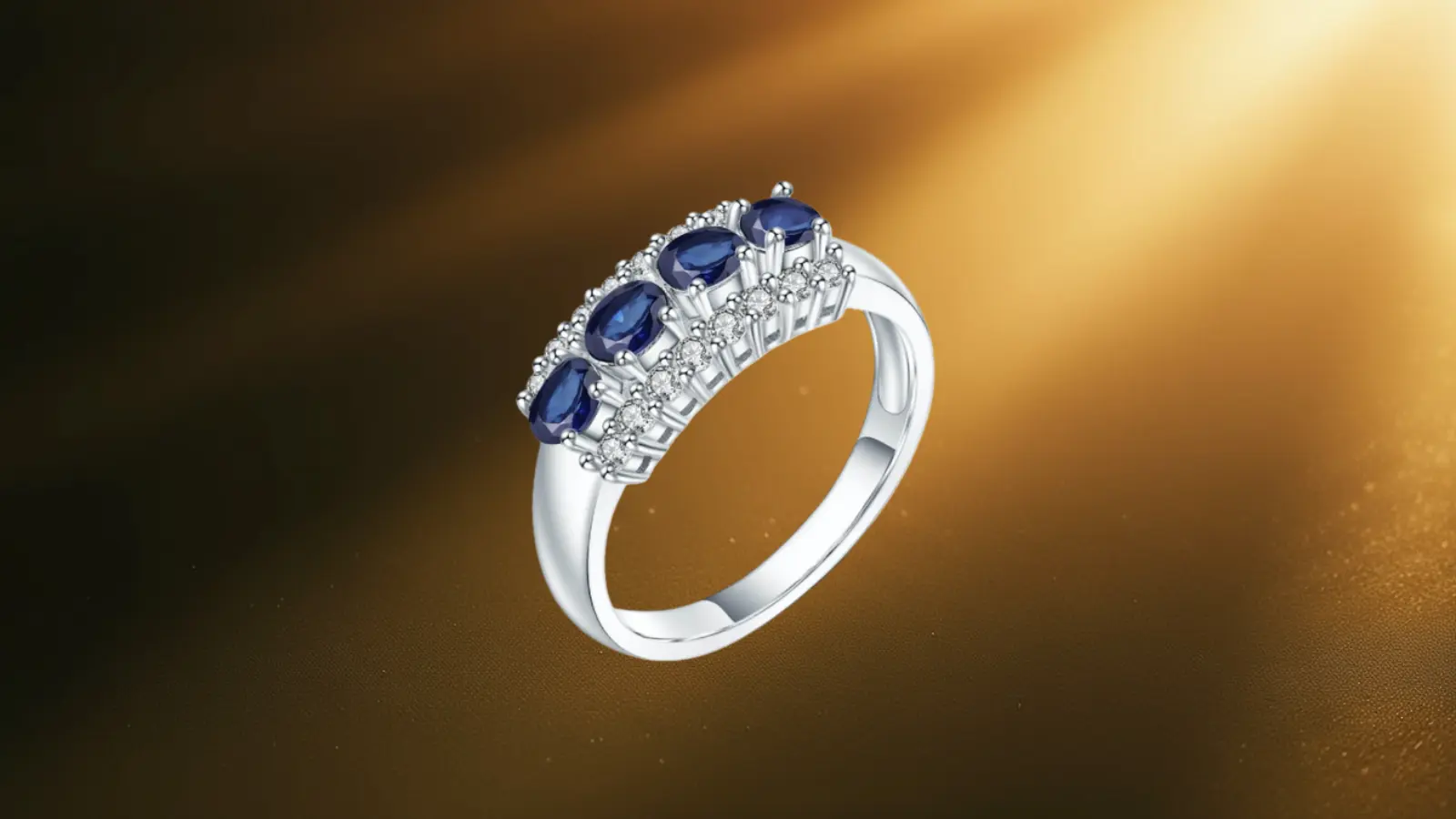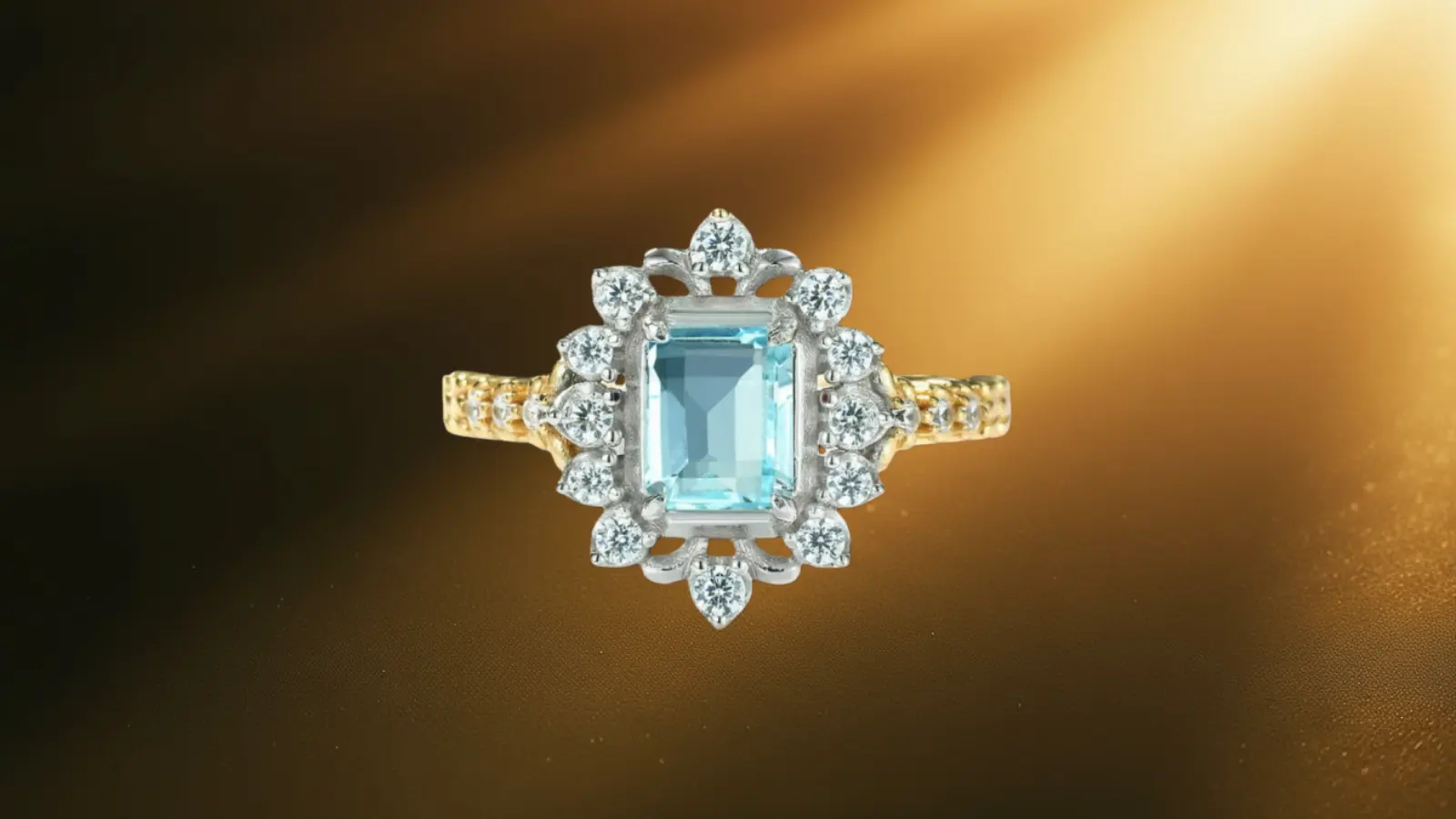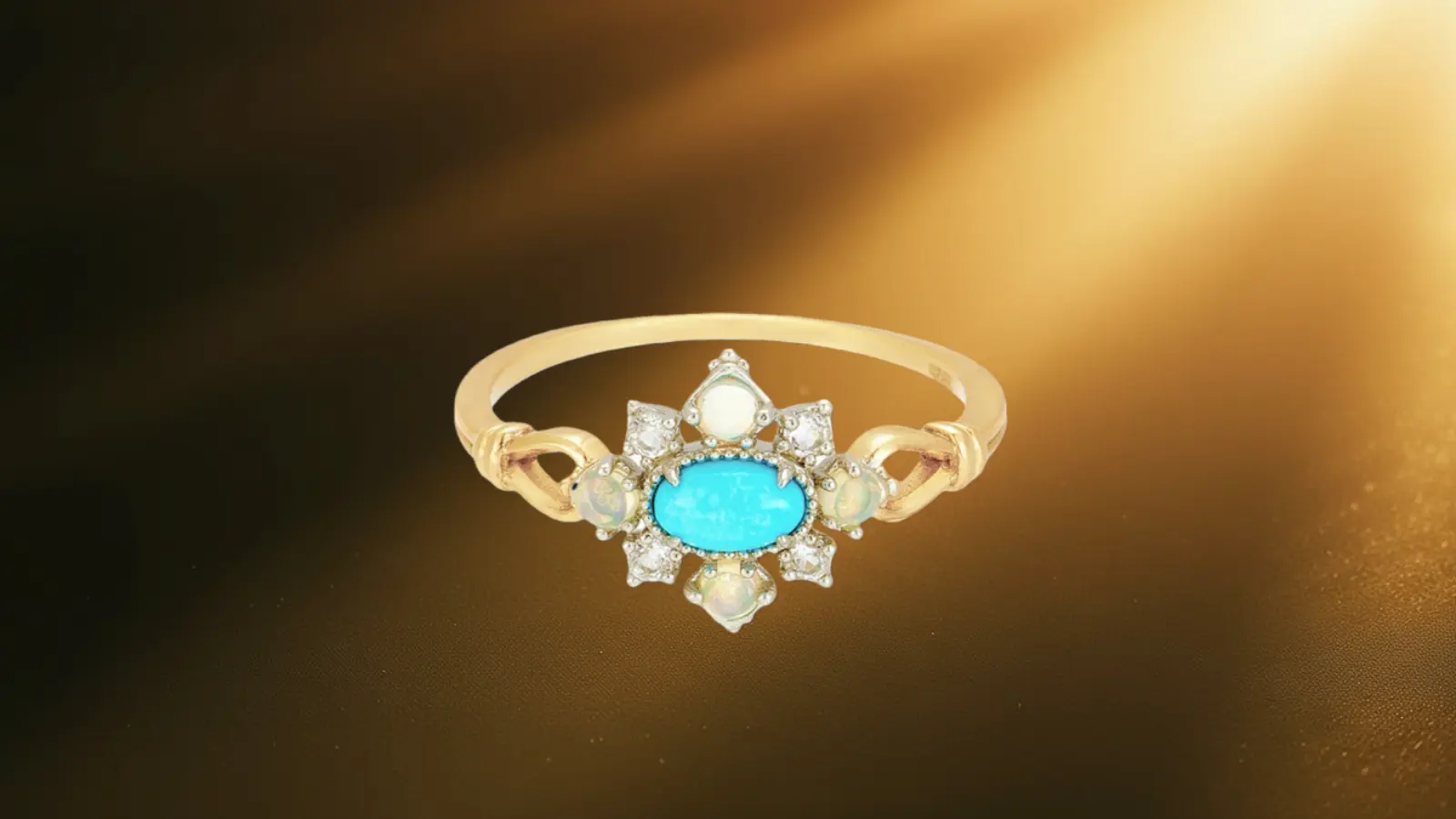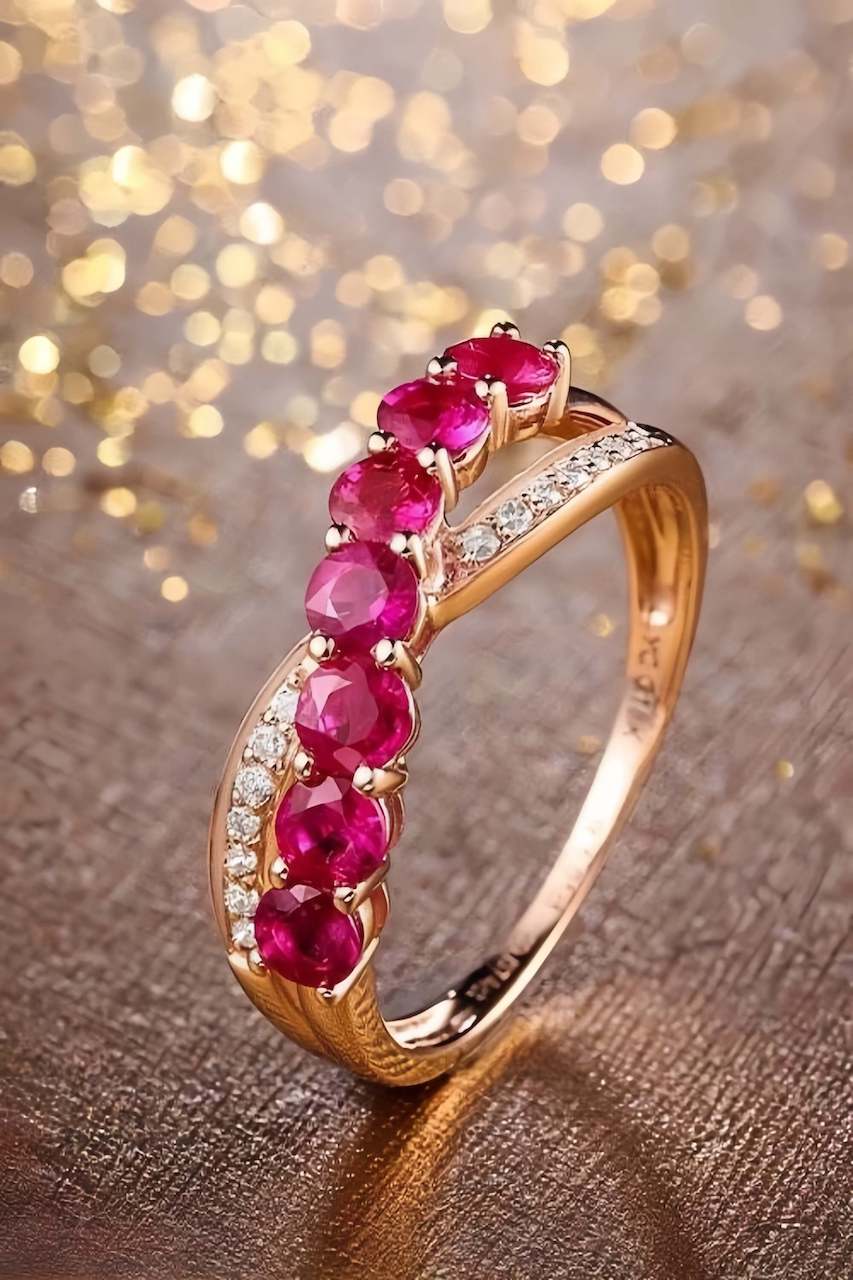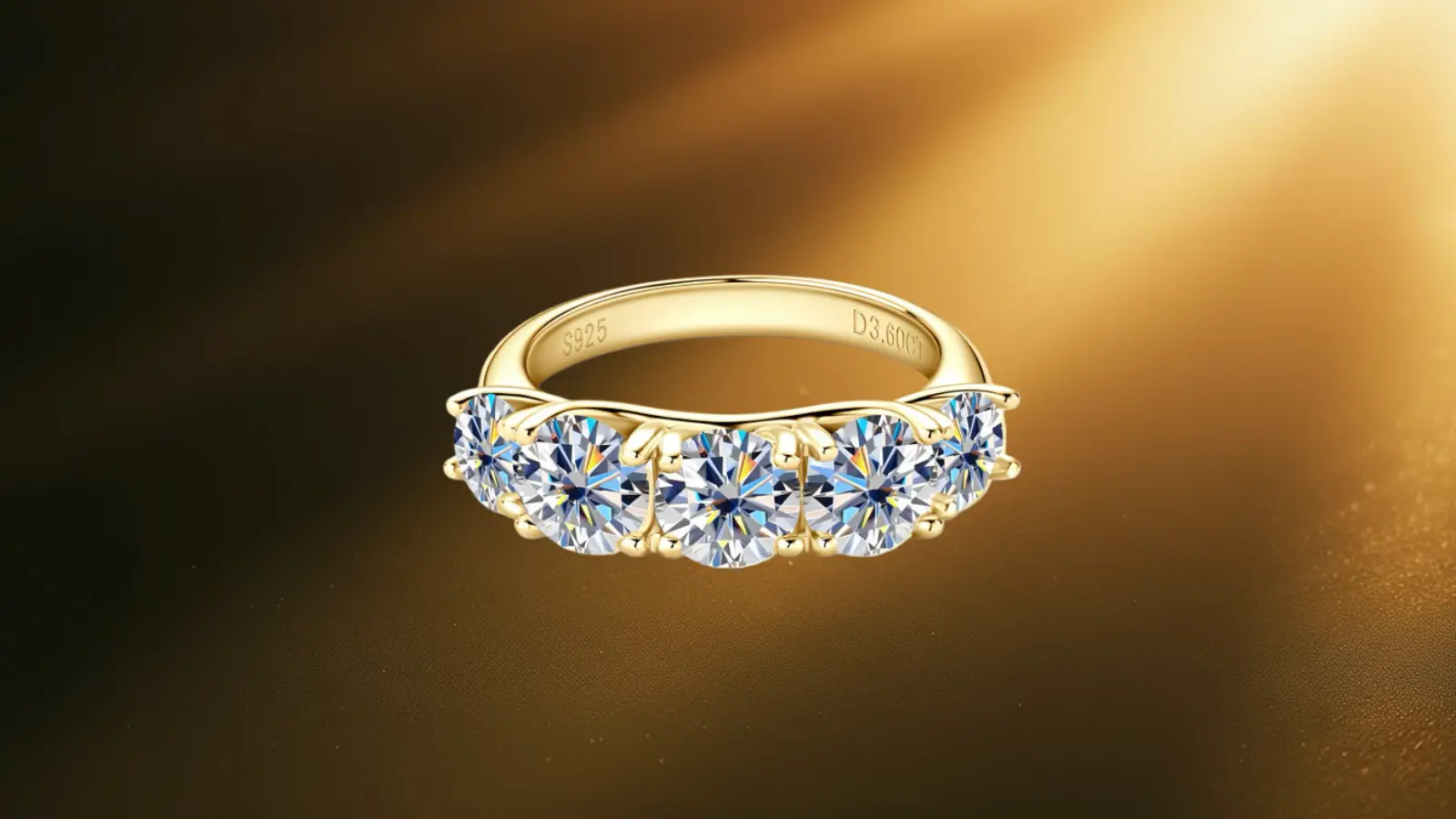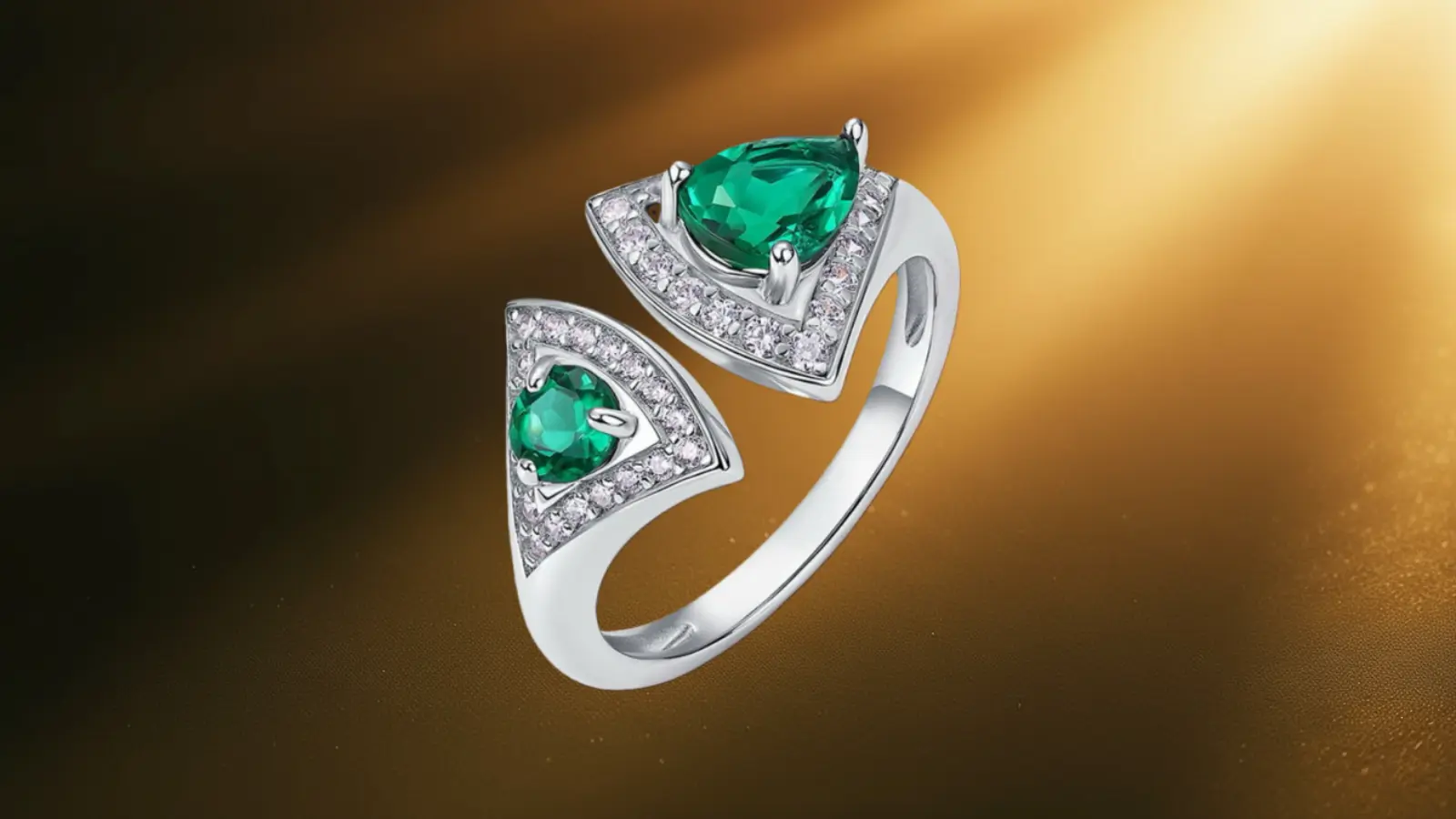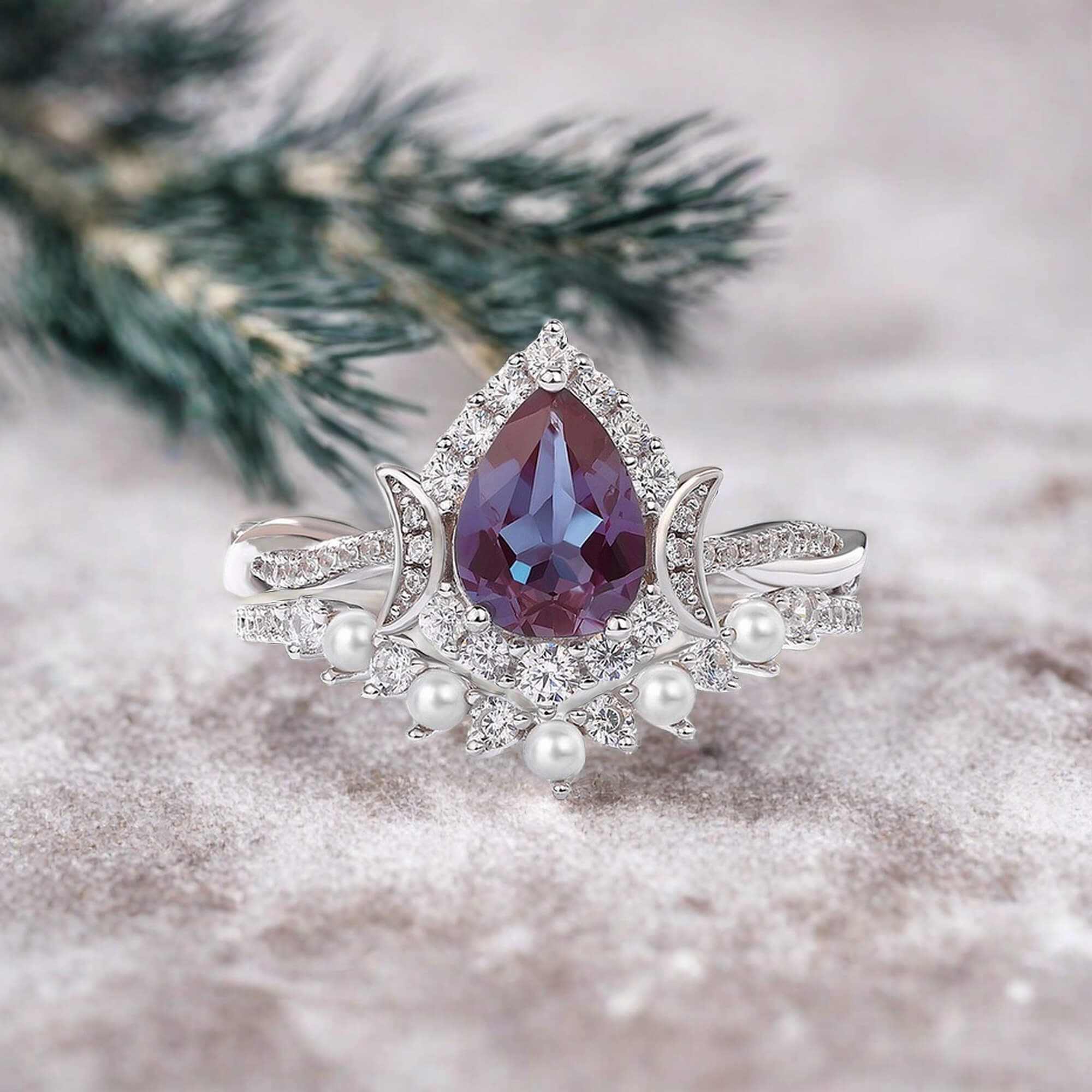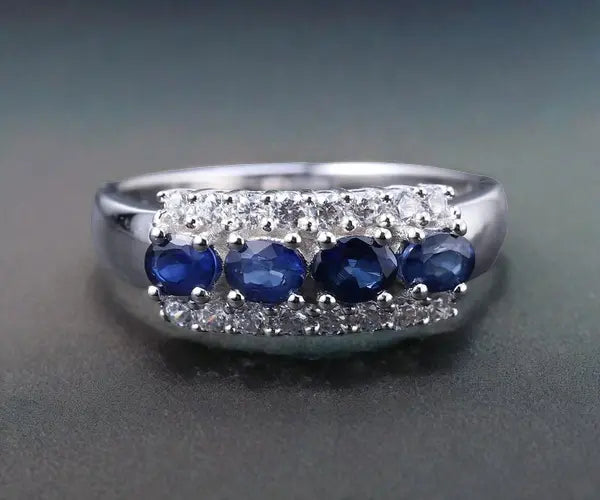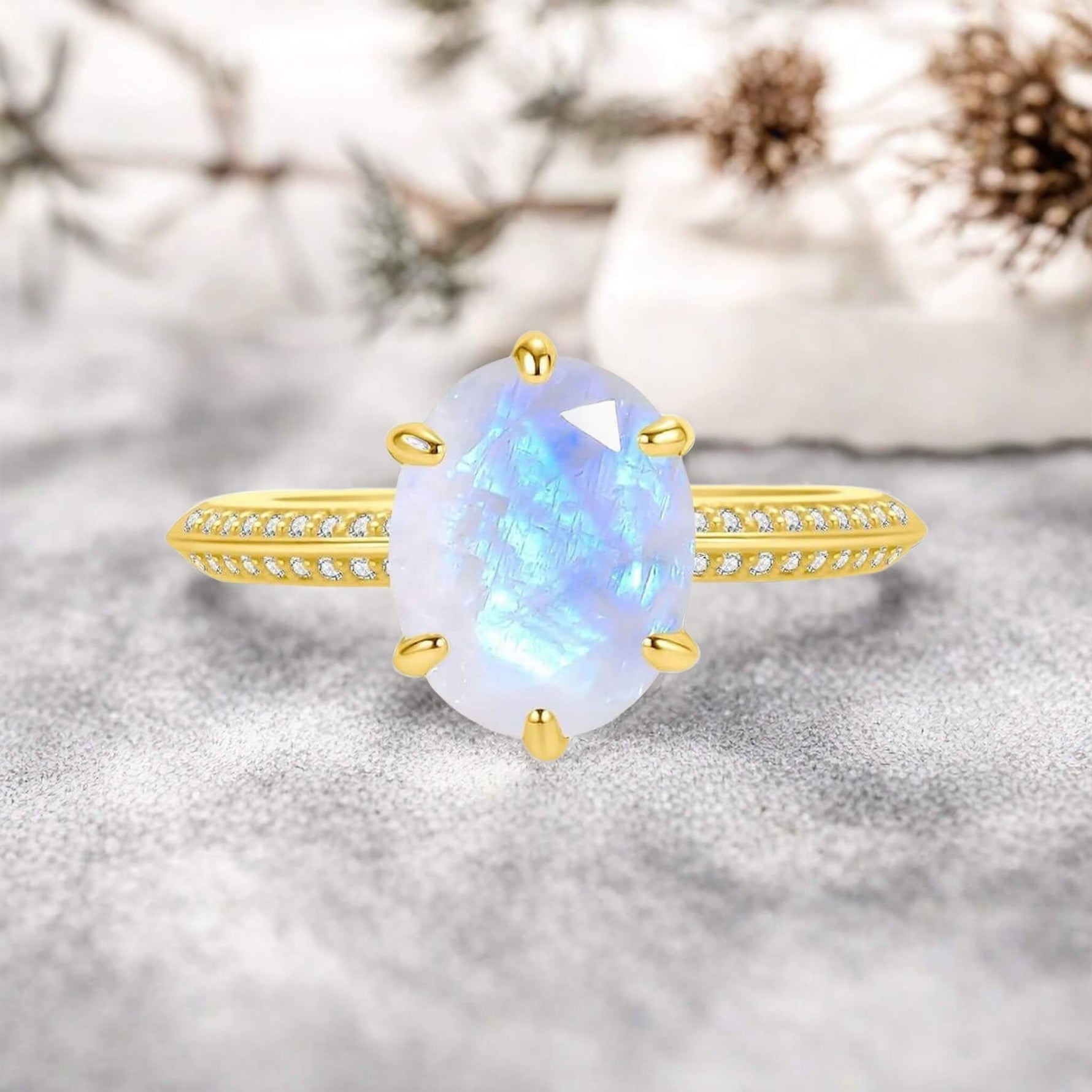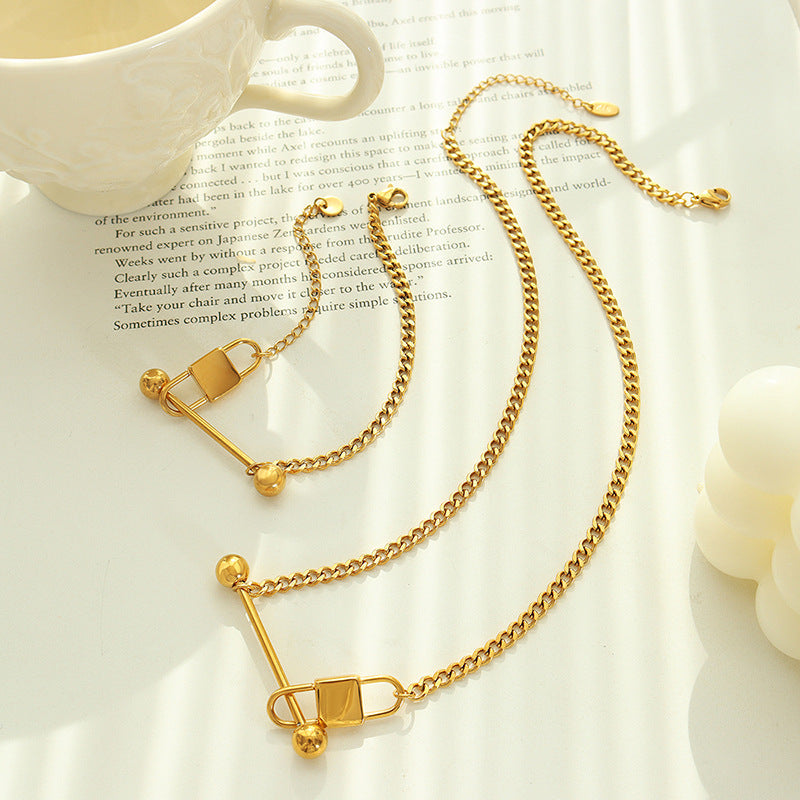Sapphires are among the most sought-after gemstones, but did you know that many sapphires on the market today are treated, enhanced, or even completely synthetic? Whether you’re investing in a natural sapphire engagement ring or looking for the perfect blue sapphire gemstone, understanding the differences between natural, treated, and imitation sapphires can save you from costly mistakes.
In this guide, we’ll break down the most common sapphire treatments, enhancements, and imitations, helping you make an informed and confident purchase.
🔹 New to sapphires? Learn the fundamentals in our guide: Everything You Need to Know About Sapphire.
1. Sapphire Imitations: Spotting the Fakes
Many gemstones resemble sapphire but lack its durability and value. Here are the most common sapphire imitations:
-
Other Blue Gemstones – Some sellers pass off tanzanite, blue topaz, and blue tourmaline as natural sapphire due to their similar colour. While beautiful, these stones are not as durable or valuable.
-
Glass and Plastic Substitutes – Low-cost fakes made of dyed glass or plastic may look convincing but lack the hardness and brilliance of real sapphire.
-
Misleading Origins – Certain sapphires from Thailand and Cambodia are falsely marketed as the highly valuable Kashmir or Burmese sapphires to drive up prices.
💡 Pro Tip: Always buy from a trusted jeweller and request a gemological certification to confirm authenticity.
2. Composite Sapphires: When Natural Isn’t Entirely Natural
While large natural sapphires are widely available, some are assembled from multiple pieces to appear more valuable. These are known as composite or “assembled” stones.
One common trick is bonding a thin layer of natural sapphire onto a synthetic or imitation base, making it seem like a high-value gemstone at first glance. However, these stones lack the durability of a genuine sapphire and can be damaged easily.
3. Lab-Grown Sapphire: A Real Gem, but Not from Nature
A lab-created sapphire has the same chemical composition and crystal structure as a natural sapphire. It is not fake, but it is man-made. Lab sapphires are often flawless and more affordable, making them a sustainable and ethical alternative to mined sapphires.
How Are Lab-Grown Sapphires Made?
There are two main methods used to create synthetic sapphires:
-
Flame Fusion Method – Aluminium oxide (Al₂O₃) is melted and crystallised with colour additives. This results in perfectly clear sapphires, often more vibrant than their natural counterparts.
-
Recrystallisation of Natural Sapphire Fragments – Some lab-grown sapphires are made by melting natural sapphire scraps and reforming them into a new crystal.
🔍 How to Tell? Only a gemologist can distinguish lab-grown from natural sapphires using specialised equipment.
4. Sapphire Treatments: Enhancements That Change Value
Most sapphires undergo enhancement treatments to improve colour, clarity, and transparency. While these treatments can make a stone more visually appealing, they also affect its authenticity, value, and price.
Common Sapphire Treatments to Watch For
🔥 Heat Treatment (The Most Common Enhancement)
-
Used to enhance colour, transparency, and clarity.
-
Can turn a light blue sapphire into a deep royal blue or reduce internal fractures.
-
Heated sapphires are widely accepted in the jewellery industry, but untreated sapphires are far rarer and more valuable.
💎 Diffusion Treatment (Colour Alteration)
-
High-temperature process that introduces elements like titanium or beryllium into the sapphire’s surface.
-
Creates star sapphires by altering the internal crystal structure.
-
Colour enhancement is often only surface-deep, meaning the original shade may show over time.
🎨 Colour Coating, Dyeing & Foil-Backing
-
A thin layer of pigment, coating, or metallic foil is applied to modify the stone’s appearance.
-
These treatments can wear off over time, revealing a lower-quality sapphire beneath.
🛠️ Fracture Filling (Clarity Enhancement)
-
Glass, resin, wax, or oil is injected into surface fractures to improve clarity and brilliance.
-
While it makes a sapphire appear flawless, these treatments reduce durability and can degrade over time.
☢️ Radiation Treatment (Uncommon but Growing in Use)
-
Sapphires are exposed to radiation to alter their colour permanently.
-
Typically used for green, yellow, and orange sapphires.
🔍 How to Tell? Certified gemologists can identify these treatments using magnification and spectroscopic analysis.
Final Thoughts: Making the Right Choice
When shopping for a sapphire, the most important thing is understanding what you’re paying for.
-
If you want an affordable, flawless gem, lab-grown sapphire is an excellent choice.
-
If you’re looking for an heirloom investment, opt for a natural, untreated sapphire with a gemological certificate.
-
If budget is a concern but you still want a natural gem, a heat-treated sapphire can offer beauty at a lower cost.

At Minerva Jewelry, we offer a curated collection of ethically sourced sapphires, from stunning natural stones to high-quality lab-grown sapphires.
🔹 Shop Ethically Sourced Sapphires Today → Minerva Jewelry Collection
🔹 Looking for expert tips on choosing the best blue sapphire for jewellery? Read our guide: Blue Sapphire: The Ultimate Buying Guide for Rings & Jewelry.

